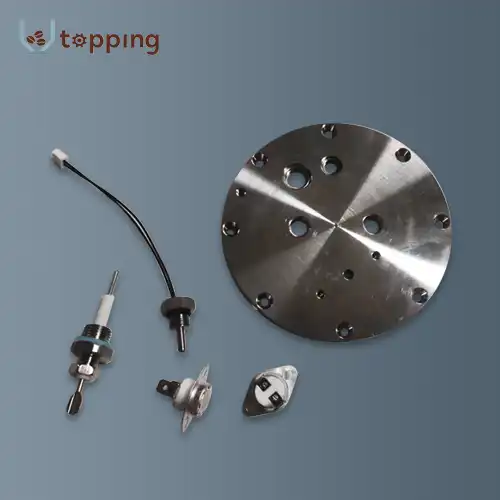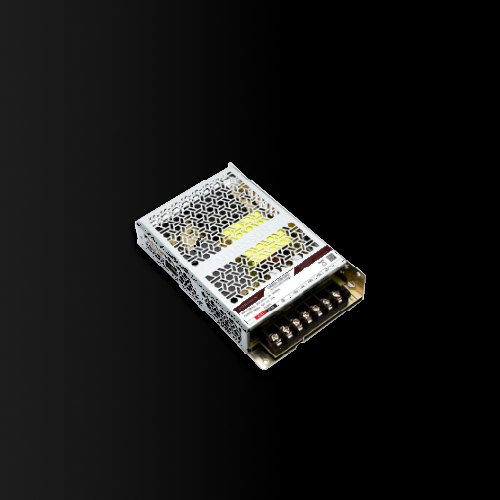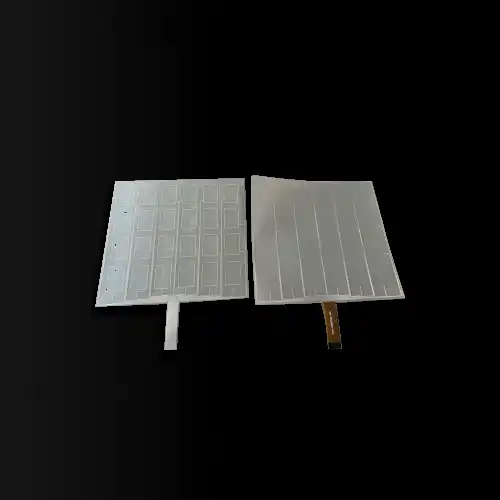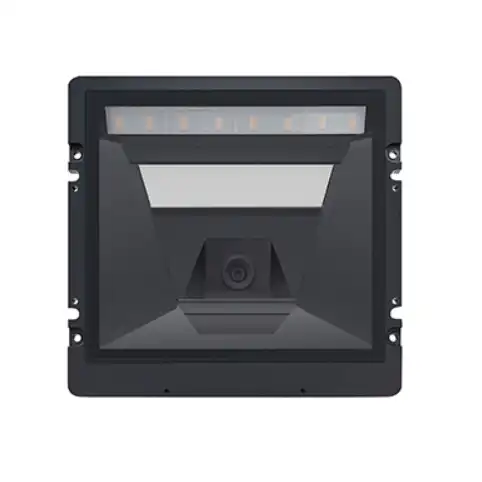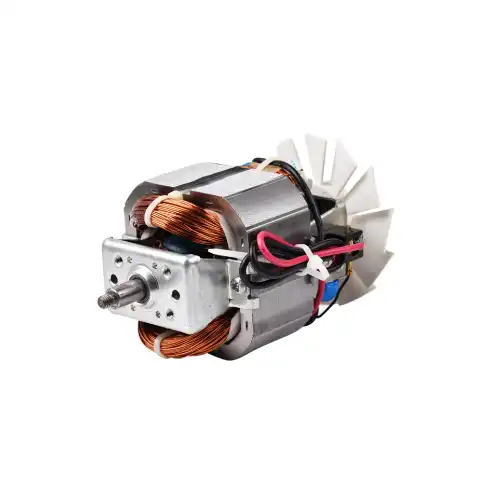How Much Power Does a Coffee Grinder Use?
2024-07-01 13:53:47
The power utilization of kitchen machines is a huge thought for some families, particularly with regards to gadgets that are utilized habitually, like espresso processors. A coffee grinder motor's power consumption can help you better manage your energy costs, select the best appliance for your needs, and ensure that your grinder runs smoothly. We will discuss the particulars of the power consumption of coffee grinders in this blog post, answering frequently asked inquiries about their motors and energy consumption as a whole.

How Does a Coffee Grinder Motor Work?
What is the Typical Wattage for Coffee Grinder Motors?
The wattage of a coffee grinder motor is a critical factor in its performance and power consumption. Most household coffee grinders typically range from 150 to 300 watts. However, professional-grade grinders can use significantly more power, sometimes exceeding 500 watts. The wattage directly affects how quickly and efficiently the grinder can process coffee beans.
Household Grinders
Household coffee grinders are designed to provide enough power to grind coffee beans efficiently without using excessive energy. The typical wattage for these grinders falls between 150 to 300 watts. This range is sufficient for daily coffee grinding needs and balances performance with energy consumption.
- Low-Power Grinders (150-200 watts): These are suitable for small households or individuals who brew coffee less frequently. They offer enough power to grind a sufficient amount of coffee for a couple of cups without consuming too much electricity.
- Mid-Power Grinders (200-300 watts): Ideal for regular use, these grinders can handle more frequent coffee grinding and larger quantities of beans. They provide a good balance between power and efficiency.
Professional Grinders
Professional-grade coffee grinders, used in cafes or by serious coffee enthusiasts, often have motors that exceed 500 watts. These grinders need to process large quantities of beans quickly and consistently, requiring more robust and powerful motors. The higher wattage ensures that the grinder can handle continuous use without overheating or slowing down.
- High-Power Grinders (300-500+ watts): Designed for heavy-duty use, these grinders can process large amounts of coffee quickly. They are built to withstand continuous operation and are often used in commercial settings.

How Efficient Are Coffee Grinder Motors?
Energy Efficiency Considerations
When considering the efficiency of coffee grinder motor, it's important to look at both the energy consumption and the effectiveness of the grinding process. Energy-efficient grinders maximize the amount of coffee ground per watt of electricity used. Factors influencing efficiency include motor design, build quality, and grinding mechanism.
- Motor Design: Modern coffee grinders often feature advanced motor designs that optimize power usage. Brushless motors, for example, are more efficient than traditional brushed motors.
- Build Quality: High-quality materials and construction can reduce energy loss due to friction and heat, improving overall efficiency.
- Grinding Mechanism: Burr grinders are generally more efficient than blade grinders. Burr grinders provide a consistent grind size, which means the motor doesn't have to work as hard to achieve the desired grind.
Energy Star Ratings
Some coffee grinders come with Energy Star ratings, indicating they meet certain standards of energy efficiency. These ratings can help consumers identify models that use less power without compromising performance. Choosing an Energy Star-rated grinder can lead to significant savings on electricity bills over time.
Does Grinder Size Affect Power Consumption?
Compact vs. Full-Sized Grinders
The size of a coffee grinder motor can impact its power consumption. Compact grinders typically use less power than full-sized models because they are designed for smaller quantities of coffee. However, this does not necessarily mean they are less effective.
- Compact Grinders: These models are ideal for individuals or small households. They consume less power (usually under 200 watts) but still provide adequate grinding capabilities for daily use.
- Full-Sized Grinders: Larger models, often used in commercial settings, require more power due to their higher capacity and the need to grind larger quantities of coffee beans quickly. These grinders can consume 300 watts or more.
Usage Patterns
The way you use your coffee grinder also affects power consumption. For example, frequent short grinding sessions can be less efficient than fewer, longer sessions. Overloading the grinder can cause the motor to work harder and consume more power, while regular maintenance (like cleaning the burrs) can ensure the grinder operates at peak efficiency.
What Are the Different Types of Coffee Grinder Motors?
AC vs. DC Motors
Coffee grinders can be equipped with either AC (alternating current) or DC (direct current) motors, each with its own advantages and disadvantages.
AC Motors
AC motors are more common in household coffee grinders. They are typically cheaper to produce and can handle the demands of daily coffee grinding without issue.
- Advantages: AC motors are generally more durable and have a longer lifespan. They can handle continuous use better and are less prone to overheating.
- Disadvantages: They can be less efficient in converting electrical energy into mechanical energy compared to DC motors.
DC Motors
DC motors are often found in high-end or professional coffee grinders. They are known for their efficiency and precise control over grinding speed.
- Advantages: DC motors provide more torque at lower speeds, which can be beneficial for grinding coffee beans consistently. They are also more efficient in terms of energy consumption.
- Disadvantages: These motors are typically more expensive and can wear out faster if not properly maintained.
Brushless vs. Brushed Motors
Another distinction in coffee grinder motors is between brushed and brushless designs.
Brushed Motors
Brushed motors are traditional and have been used in various appliances for decades. They are generally cheaper and easier to replace.
- Advantages: Low initial cost and simple design.
- Disadvantages: Brushed motors wear out over time due to friction, requiring more maintenance and potentially having a shorter lifespan.
Brushless Motors
Brushless motors are more modern and offer several advantages over their brushed counterparts.
- Advantages: Higher efficiency, longer lifespan, and lower maintenance requirements. They generate less heat and can operate more quietly.
- Disadvantages: Higher initial cost and more complex design.
How Can You Reduce the Power Consumption of Your Coffee Grinder?
How can you make your coffee grinder use less power?
Regular Maintenance Regular maintenance can significantly reduce your coffee grinder's power consumption. This means cleaning it on a regular basis, looking for worn parts, and making sure the motor is in good shape.
Cleaning the Grinder Coffee bean residue can accumulate inside the grinder, making the motor work harder and consume more power. Cleaning on a regular basis aids in efficiency.
- Weekly Maintenance: Eliminate and clean the container, burrs, and any open parts.
- Profound Cleaning: Follow the manufacturer's instructions for a thorough cleaning every few months.
Changing Out Damaged Parts Damaged burrs or blades can make grinding less effective and cause the motor to use more power. Consistently review and supplant these parts depending on the situation.
Utilizing your coffee grinder effectively can also help cut down on power consumption.
Batch Grinding Consider batch grinding instead of grinding coffee beans for each cup. This lessens the recurrence of engine turns over, which can consume more power than consistent activity.
Correct Loading The motor will have to work harder if the grinder is overloaded, so avoid doing so. Follow the producer's suggestions for the most extreme measure of espresso beans.
Selecting an Energy-Efficient Model When shopping for a new coffee grinder, look for models that place an emphasis on energy efficiency.
Energy Star Ratings Choose grinders with Energy Star ratings or other energy efficiency certifications. The purpose of these models is to reduce power use without sacrificing performance.
High level Elements
Some advanced espresso processors accompany highlights intended to improve effectiveness, for example, programmable clocks, auto shut-off, and variable speed settings.
Impact on the Environment Using a coffee grinder that uses less power saves you money and helps the environment at the same time. By picking energy-proficient models and keeping up with them appropriately, you add to a more reasonable espresso drinking experience.
In conclusion, knowing how much power a coffee grinder motor uses is important for making informed decisions about kitchen appliances. By taking into account factors like engine type, productivity, and appropriate upkeep, you can diminish energy utilization and guarantee your espresso processor works at its ideal. Whether you're a relaxed espresso consumer or a serious lover, upgrading your espresso processor's power utilization benefits both your wallet and the climate.
References
1. Energy Star. (n.d.). About Energy Star. Retrieved from https://www.energystar.gov/about
2. Home Grounds. (2023). The Complete Guide to Coffee Grinders. Retrieved from https://www.homegrounds.co/coffee-grinders/
3. Coffee Geek. (2023). Understanding Coffee Grinder Motors. Retrieved from https://www.coffeegeek.com/guides/understanding-coffee-grinder-motors
4. Barista Institute. (2022). How to Choose the Right Coffee Grinder. Retrieved from https://www.baristainstitute.com/how-to-choose-right-coffee-grinder
5. Consumer Reports. (2023). Best Coffee Grinders of 2023. Retrieved from https://www.consumerreports.org/coffee-grinders/best-coffee-grinders-of-2023/
6. Perfect Daily Grind. (2023). AC vs DC Motors in Coffee Grinders. Retrieved from https://www.perfectdailygrind.com/ac-vs-dc-motors-in-coffee-grinders/
7. The Spruce Eats. (2023). How to Clean a Coffee Grinder. Retrieved from https://www.thespruceeats.com/how-to-clean-a-coffee-grinder-4160333
8. Seattle Coffee Gear. (2023). Burr vs Blade Coffee Grinders: What’s the Difference? Retrieved from https://www.seattlecoffeegear.com/learn/burr-vs-blade-coffee-grinders
9. Coffee Detective. (2023). Tips for Maintaining Your Coffee Grinder. Retrieved from https://www.coffeed etective.com/coffee-grinder-maintenance-tips
10. Wired. (2023). The Best Coffee Grinders. Retrieved from https://www.wired.com/review/best-coffee-grinders/
Send Inquiry
Related Industry Knowledge
- How to clean coffee bean hopper
- Why is Hygiene Important in Vending Machine Cup Dispensers?
- How Do You Fix a Coffee Grinder Motor?
- What are the advantages of the Vending Machine Spiral Motor?
- Does a grinder make a difference espresso?
- What is a coffee brewing Unit Dimension ?
- How to Fix Coffee Grinder Motor?
- What is Mini Pcie?
- Why it is important to store coffee making ingredients appropriately?
- What is a Vending Coffee Machine Water Tank?

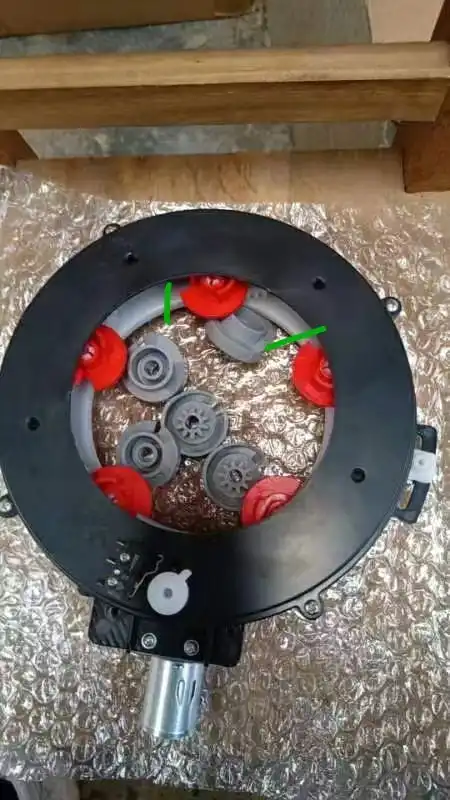
.webp)
